医療コラム
Tissue Engineering will enhance the future of medicine
tobi

About 35 percent of woman with breast cancer choose a lumpectomy, 25 percent get a complete mastectomy. Both therapies often multilate the breasts. Only 25 percent of woman who loose a breast to cancer get a new one.
The San Diego-based biotech company Cytori worked for the past 8 years on cell therapy that could help breast cancer victims as well as woman that are unhappy with their natural breast size.
But not only breast cancer victims. In human studies, the cells improved patients aerobic capacity and shrank the size of infarcts in relation to chronic heart diseases. Also they increase blood supply to damaged heart muscle and the volume of blood that the heart pumb. In recent rat studies, the cells improved kidney function which could help when patients have chronic kidney insufficiency.
To give one more example. 12 weeks after injection of stem cell enriched adipose, the cells decreased 89 percent of the urine from male volunteers with incontinence after prostataectomy.
Looking at those possibilities, the use of stem cells derived from adipose tissue, could revolutionize the medicine.
To move out of laboratories as soon as possible Cytori concentrated on breasts due to the fact the breast tissue is not necessary for survive as other organs. The bar for proving to regulators that the technology works will be lower.
How Cytori reconstruct or augment breasts?
Using liposuction to harvest fat cells is the first step. Specific enzymes will be used for break down the scaffolding that holds the fat cells together. After centrifugation the stem cells are sepereated from fat cells. The stem cells will added back to some of the liposuctioned fat cells. Its ready for injection now.
In Japan organ transplants still remain rare due to the fact there is a strong prejudice against somthing foreign in the body. Thatswhy the first human subjects were found 2006 in Japan. Cytori treated 20 woman who had a partial mastectomy with stem cells. All of them tolerated the procedure. None had an immune response and 80 percent where satisfied with the new assets.
Also trials in 2007 for breast augmentation took place in Japan. Tatsuro Kamakura, a cosmetic surgeon of Cosmetic Surgery Seishin began a study with 20 womans. After injecting stem cells, the first three patients kept their new volume. The tissue remained soft and natural.
But the reason adipose regenerativ cells inducing the formation of blood vessels is also the reason they might be dangerous to cancer survivors. It might allows metastatic tumors to thrive.
Even the adipose regenerative cells didnt trigger the formation in mice, it is still possible that there are dangerous side effects like cancer for humans.
 2023/12/01
2023/12/01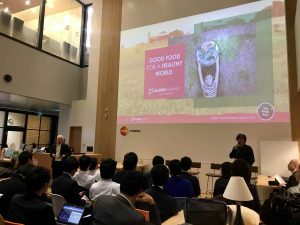 2019/12/10
2019/12/10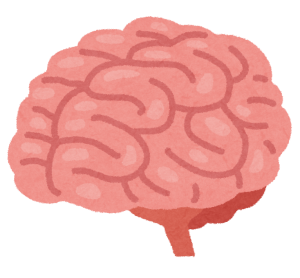 2017/06/21
2017/06/21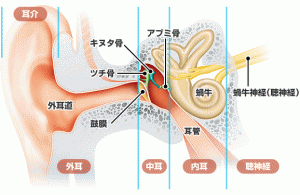 2017/06/02
2017/06/02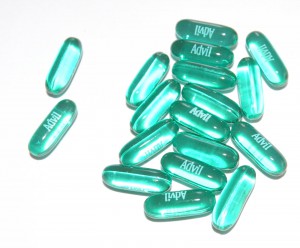 2013/05/14
2013/05/14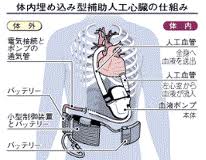 2012/05/22
2012/05/22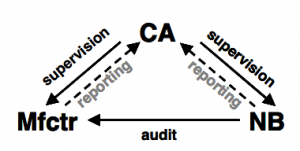 2012/03/07
2012/03/07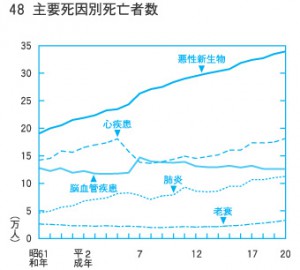 2011/11/14
2011/11/14